The perfect organic lip balm recipe: the why
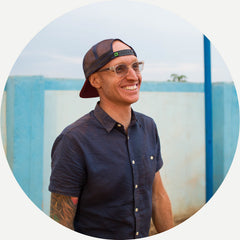
Hi! I am Josh.
I get the privilege of curating our marketing and sales here at Zambeezi, but it’s not my primary gig. Most of my day is spent as a stay-at-home dad, reading, wrangling, feeding, shuttling and exploring with my two extremely active and energetic toddler boys. (Just a shameless, unsolicited plug for the documentary Dads. It features one of my favorite "dad advocates" Beleaf in Fatherhood. Go check out both!) Spend even a few minutes with any 2 and 4 year old and you are guaranteed to be familiarized with their favorite word:
Why?!
It’s both a question and a statement; an inquisitive desire to understand how this world they are experiencing for the first time works and at the same time a challenge to test your understanding of it. When it comes to our lip balm and soap, the same word carries the same weight.
Why is our organic, Fair Trade lip balm so good? Put on your toddler hat and let’s see if we can illuminate these wonderfully inquiring minds of ours. When we think of a recipe, we typically think of ingredients and instructions. For instance, when I meal planning with my wife for the week, adding recipe's into our favorite food app, Paprika, it’s primarily the ingredients we are after. No meal is created without ingredients and no good meal is created without good ingredients.
Behind every incredible ingredient are people.
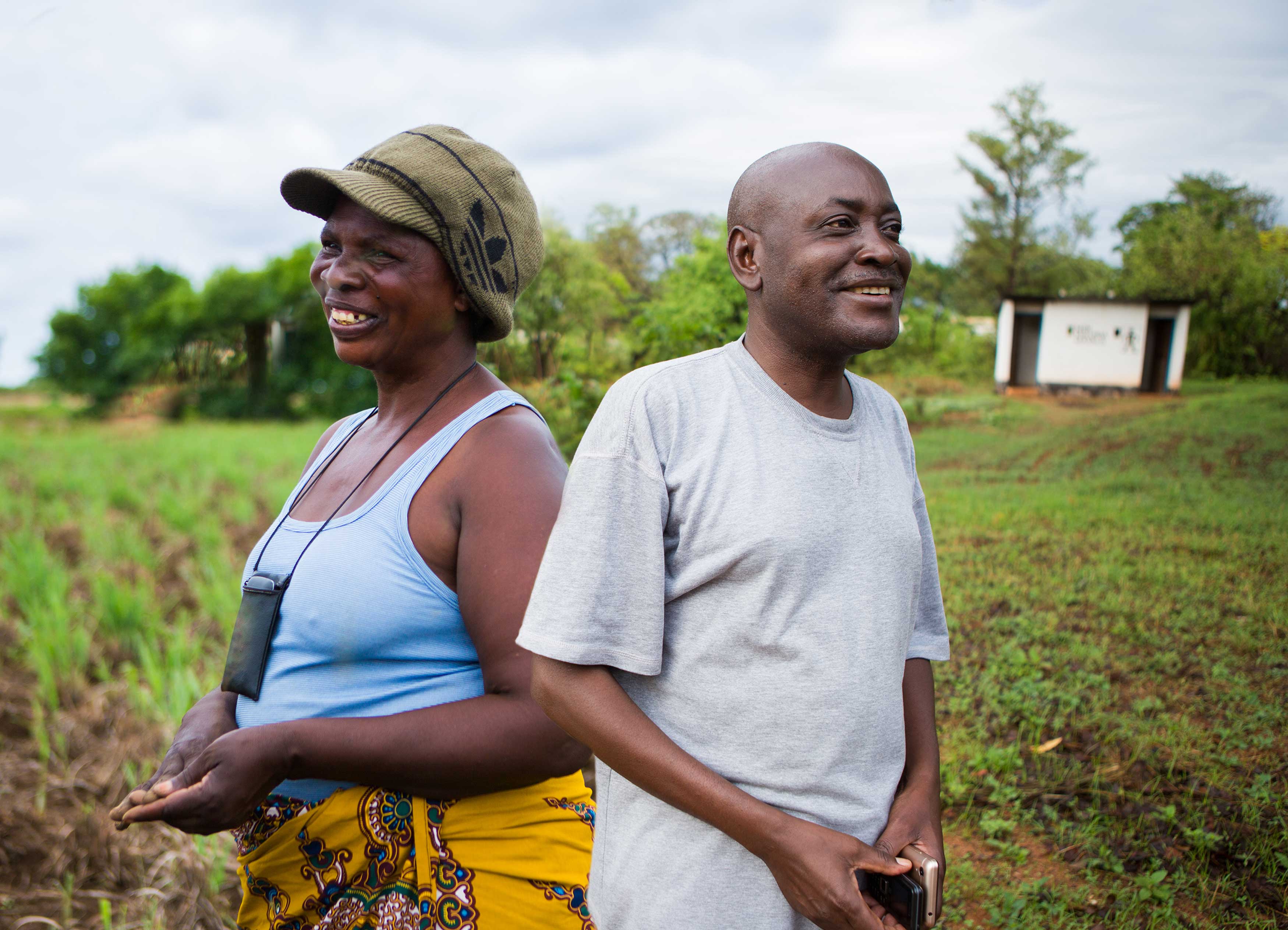
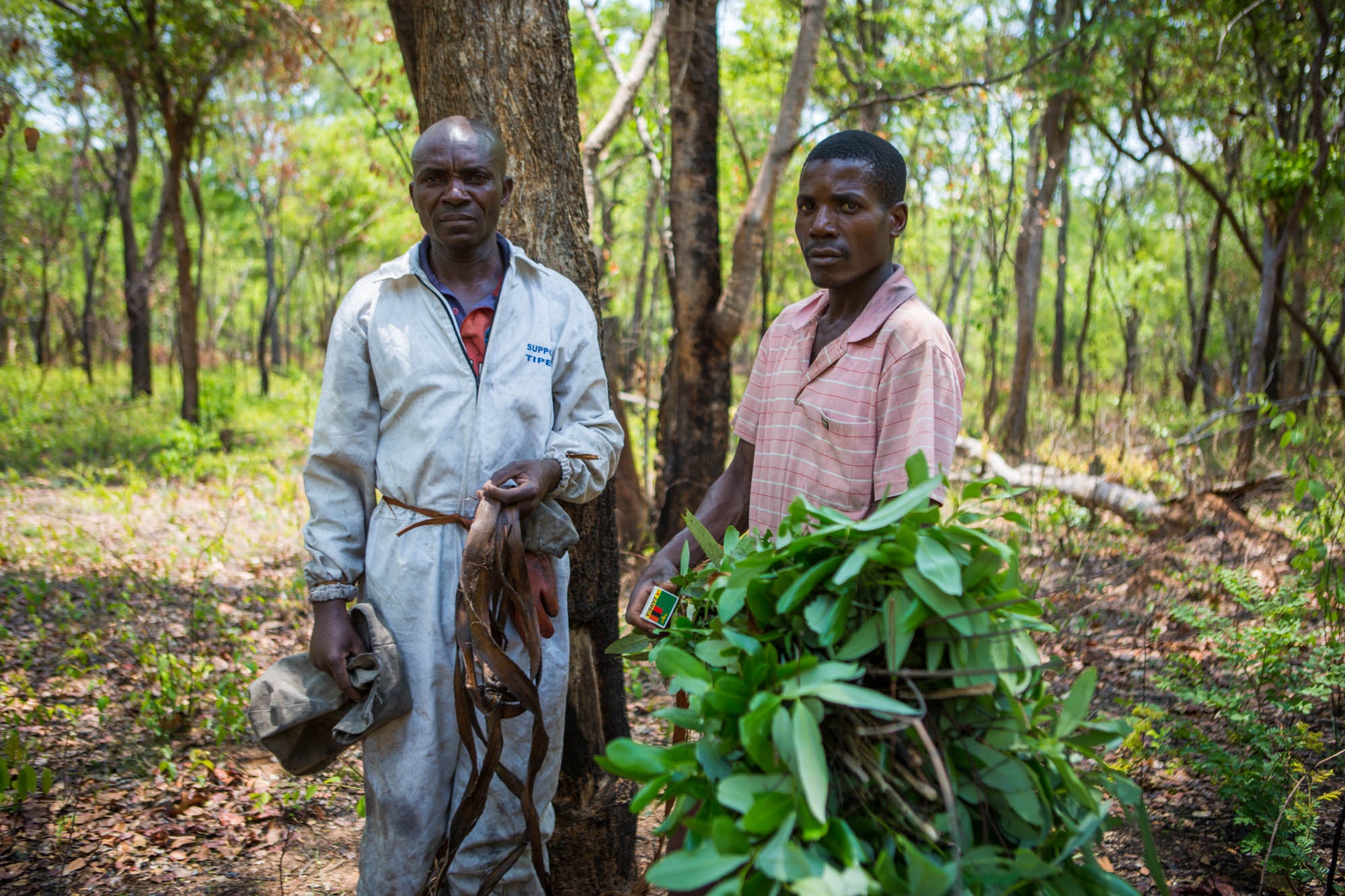
However, here at Zambeezi, when we think about a recipe, we first think about people. Why? (The word of day! Thank you, Sesame Street.) Because somewhere behind every incredible ingredient are people. People craft and cultivate ingredients, not just the recipe. Their passion, heart and sweat lie at the root. For us, it’s the Zambian beekeepers, like Vincent Chianda; essential oil farmers, like Mary Munene and Kahona Brown; young entrepreneurs, like Nkuuli Ilunga and Barry Ilunga Jr. Their personal investment into the ingredients is what truly creates the mouth watering nourishment of our organic lip balm.
A pure, pristine, unadulterated landscape for bees to forage.
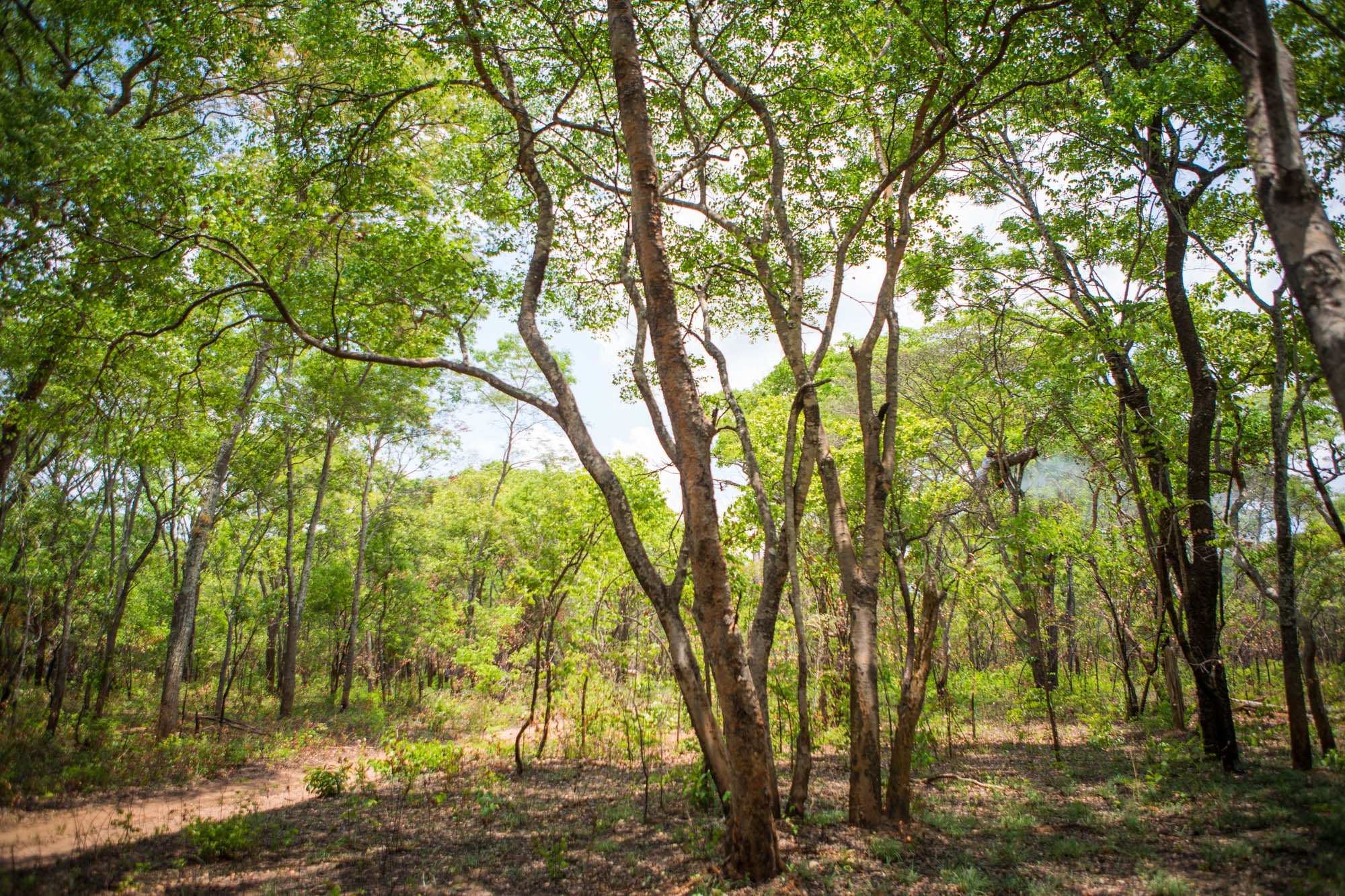
It doesn’t just stop there though. Secondly, we think about the place, Zambia. Why? Well, you can’t find organic honey and beeswax just anywhere. To be considered organic, a hive must have a 3-mile radius around them which is pesticide free. Three miles is a lot, but doesn’t seem overwhelming till you start to do the math. A circle with a 3-mile radius has a 19-mile circumference and will sit within 28 square miles. That’s a lot of miles!
The North-Western province of Zambia provides a pure, pristine, unadulterated landscape for bees to forage. Set in the context of the one of the largest swaths of pristine sub-tropical forest in Africa, hives are able to thrive in this region. Bees in this region primarily seek and collect nectar from the two primary species of flowering trees, Brachystegia spiciformis (Msasa) and Julbernardia paniculata (Muchesa). It is from this nectar that our precious honey and beeswax are produced.
It’s not just the bees that benefit from this lush environment. The farming of lemongrass, rosemary, sweet basil, tea tree, sunflower and mungongo oil all reap the reward of such fertile soil.
From the people to the land, the why begins with who and where our ingredients come from. This is the foundation of our recipe and the result…well, as you well know, it speaks for itself.


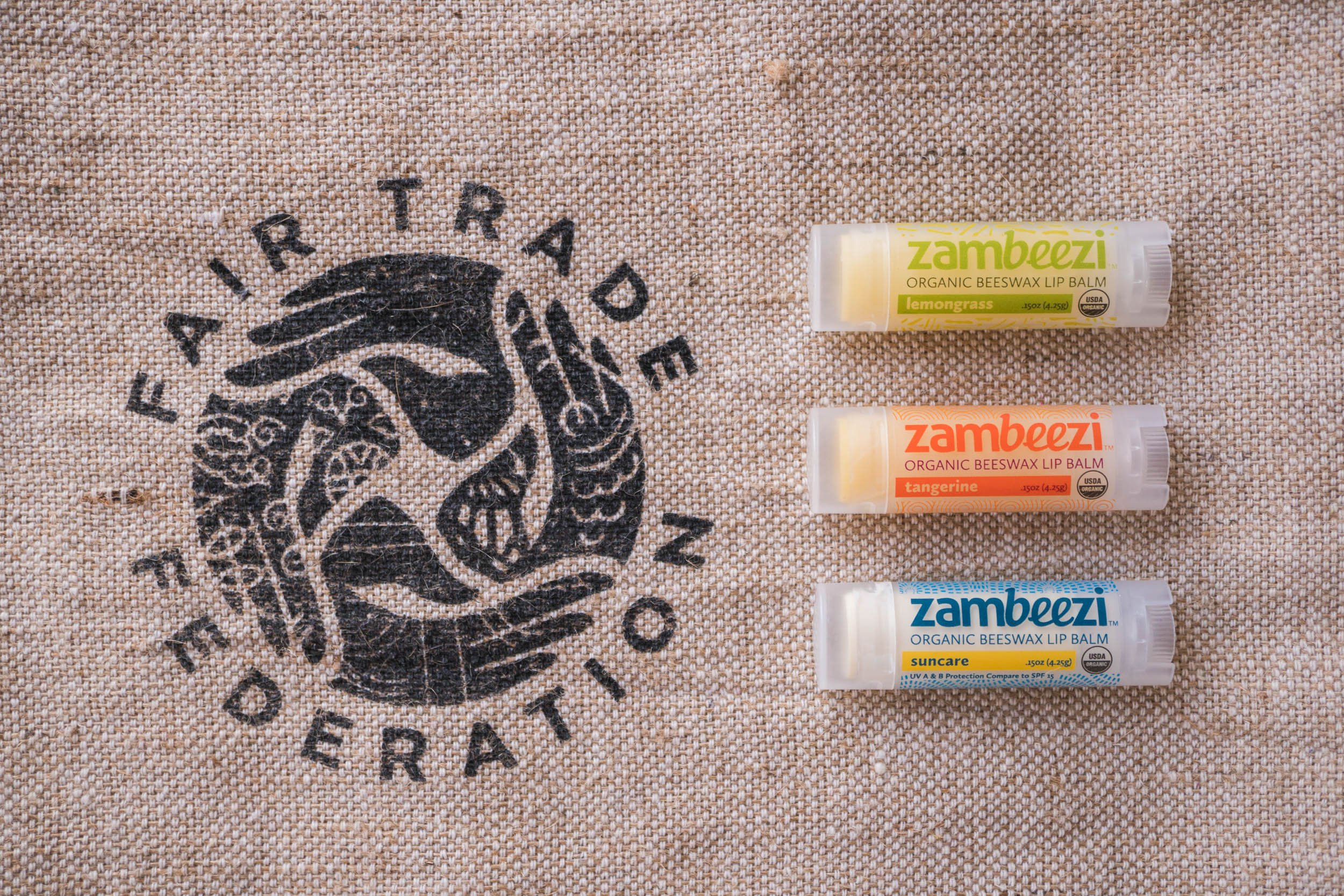
2 comments
I was gifted a Zambeezi chapstick & now won’t use anything else! 1) doesn’t roll itself up in your jeans pocket! 2) works well 3) supports our diverse neighbors- but I didn’t know that until I looked it up! Now in all my Xmas stockings ❤️
I first bought a set of these lip balms at Ten Thousand Villages in Winter Park, Florida, USA. When they ran out, it was the pandemic, so I did without. But finally I have them again! I love the feeling they give my lips. When I arrived in Mochudi, Botswana as a Peace Corps volunteer teacher in 1972, I brought a big supply of Chap Stick. Zambeezi’s lip balms are so much better, more soothing. I am glad to be supporting this business in Southern Africa.